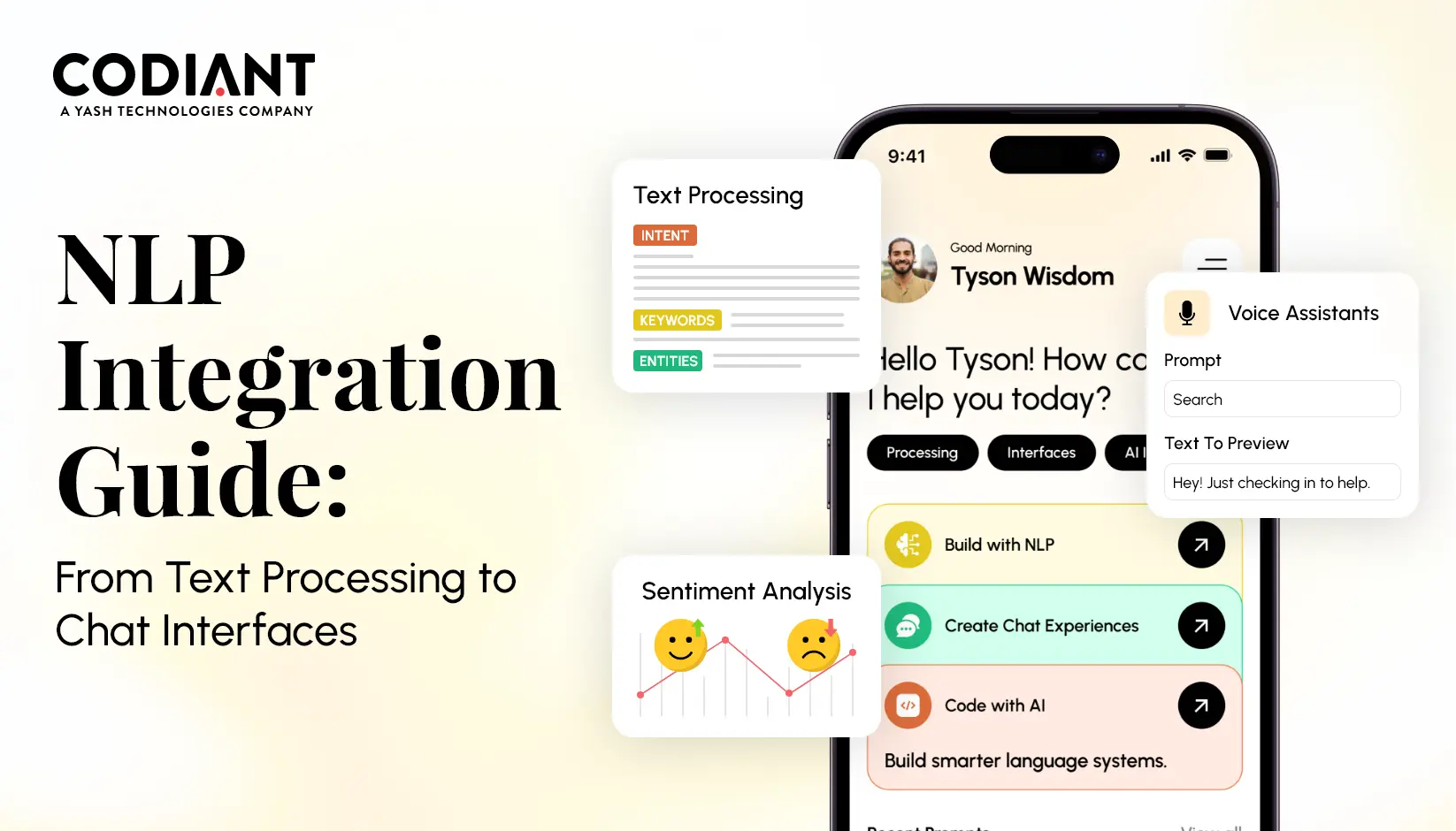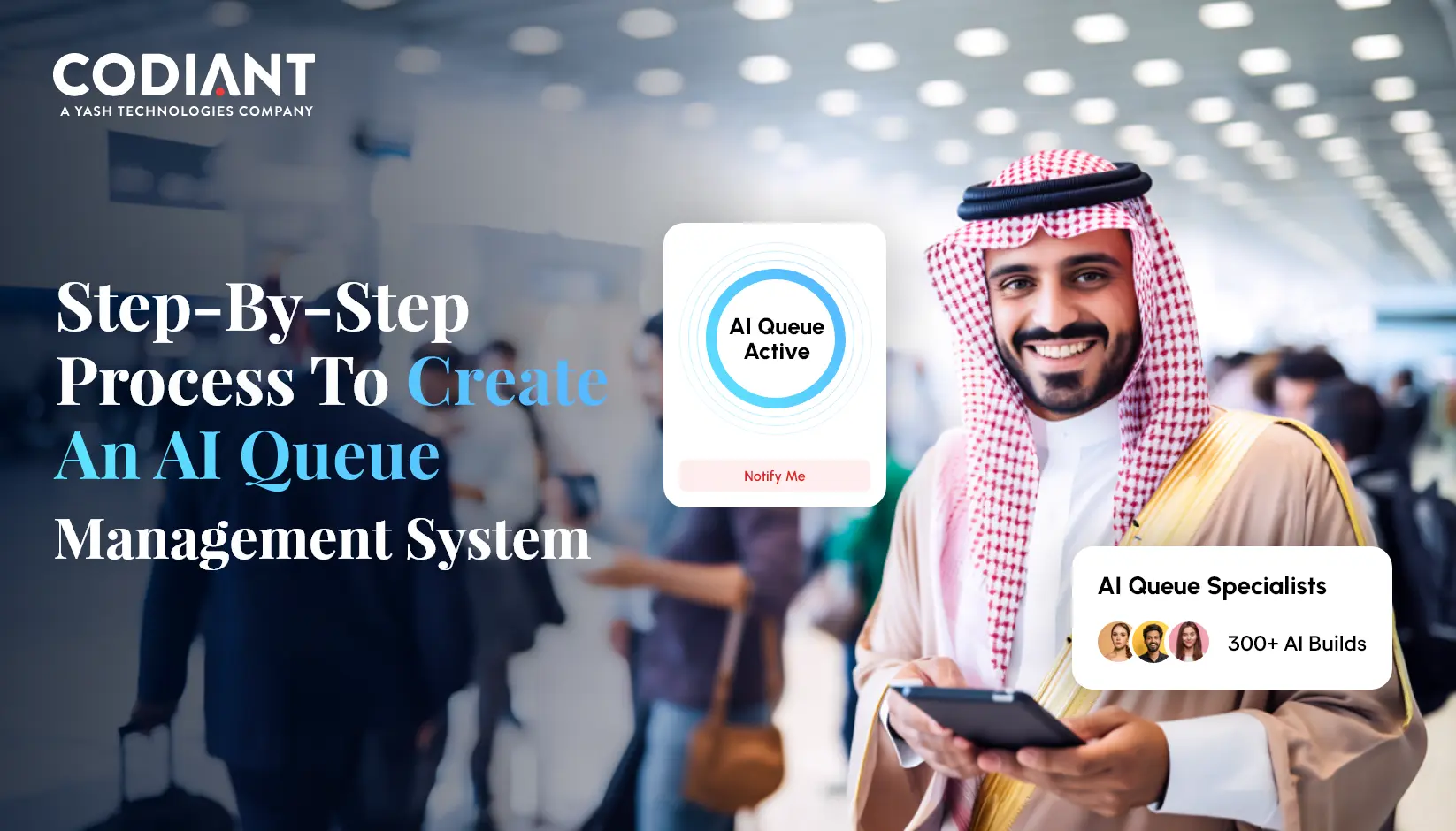Types of Business Models to Launch an Online Grocery Business
Table of Contents
Subscribe To Our Newsletter

Technologies are giving a significant boost to brick-and-mortar retail stores. Several new technologies like machine learning and big data analytics have climbed up the tipping point and are spilling exceptional consumers shopping experiences on the retail floor.
The rewards for these unprecedented shifts are going to entrepreneurs who have recognized new peripheries and business models to take these grocery retail stores online.
Consumer’s journey is evolving and this joint venture of technology and business models have not only helped customers’ with a tempting new buying experience but also provided business owners new gateways that adapts and fine-tune their offerings.
Here we uncover the major online grocery delivery business models that have changed the in-store experience of consumers and uplifted the retailers wrestling with hard-to-fill stocks, unpredictable consumer demands, purchasing behaviors and other conflicts that poses challenges in streamlining the operational processes.
Inventory-led Business Model
An inventory-based business model functions on the concept of stacking inventories and maintaining warehouses, solely by the eCommerce grocery store.
Everything that is involved in the process, from managing customer interaction to final delivery of the product, all these activities are undertaken by the E-commerce store itself.
It’s like being the middleman between the consumers and the dealers. However, for this strategy to work all one needs is a website, acting as a medium to initiate it.

How Inventory-led Business Model Works?
Example: Jabong
- Suppliers send inventory to eCommerce store owner or retailer
- Retailer sell items to customers
- Track items as they’re sold
- Submit purchase orders to suppliers
- Maintains quality control
- Gain customer experience and trust
Multi-Vendor Marketplace Business Model
A form of an online marketplace where multiple buyers and sellers are given a common platform to engage in ecommerce on a single platform. The concept is simple “you shop products and store owners sell products”.
Also known as the zero-inventory model as no asset needs to be maintained, the website acts as a singular platform that initiates this engagement virtually.
Facilitation of transactions and shipping is done entirely by the website owner. However, the packaging and dispatching are done by the seller or the website owner depending upon the availability of the stock. The working model of this can be witnessed in how Amazon delivery works.

How Multivendor Business Model Works?
- Store owners set up their virtual shop
- List their products with detailed description, photos, pricing, etc.
- Sell their products on the platform
- Accept payments (locally and globally) depending on the platform chosen
- Create and grow their customer base
- Establish their own brand
Hyperlocal Grocery Business Model
As the name suggests, this business model is limited to a small area or say a certain locality. In this model the service provider procures the products from the local retailers and deliver it to the customer in the same geographical area. One of the major benefits of having this model is to balance the demand for that geographical location by offering multiple supply options.Another benefit of this model is that it directly involves the local vendors and farmers for the supply of inventories. In short, On-demand needs of the customers are met through local offline vendors via digital platforms. How Hyperlocal Business Model Works? Example: UberEATS, Zomato, Postmates
How Hyperlocal Business Model Works? Example: UberEATS, Zomato, Postmates
- Local vendors set up their virtual shop
- List their products or services
- Get orders
- Platform owners deliver their products
- They accept payments by cutting a commission
Note: The hyper local business model also applies to services along with product lines. Other on-demand services that comes under this model are beautician, home-service, photographer, etc.
Click And Collect Business Model
Click and Collect models are a fusion of digital methods- ‘brick and mortar and eCommerce’. At its utmost convenience, this model allows the customers to make a purchase online and choose to collect their purchase at a pre-chosen location, rather than have it delivered to their home.
Also known as BOPIS- ‘buy online and pick up in store’ this method rejects or at least aims to minimize the concept of in-store purchases.
As per FMI and Nielson, metro cities have shown the highest demand for Click & Collect. It’s easy-return policy, swift services, and convenience accounts for its hyper growth.

How Click and Collect Business Model Works?
Example- Zara click-and-collect pop-up store at the Westfield shopping center in east London
- eCommerce retailers collaborate with local stores
- Enable customers to collect their online orders from the stores
There are different types of click and collect services including in-store collect, in-store lockers, remote pick-up (include pickup points like affiliated stores, designated points e.g. UPS, FedEx)
The Takeaway
The overall aim of all these aforementioned models is to offer security, flexibility, transparency and confidence to customers as well as retailers during the shopping journey.
To win in the digital era, bending the brick-and-mortar retail with eCommerce app or online grocery delivery app solutions with any of the above models that suits your business will not only help in improving store operations but also help in achieving customer satisfaction.
Featured Blogs
Read our thoughts and insights on the latest tech and business trends
How AI Reduces Patient Wait Times by 50% in UAE Hospitals
- January 6, 2026
- Artificial Intelligence
In a Nutshell AI helps UAE hospitals reduce patient wait times by up to 50% using smart triage, predictive scheduling, and automated patient flow management. Emergency departments benefit from faster severity scoring, load balancing, and... Read more
Integrating NLP Into Your Existing App: From Text Analytics to Conversational Interfaces
- December 29, 2025
- Artificial Intelligence
Natural Language Processing has moved from a niche capability to an essential part of modern software, and 2025 has clearly shown its impact. Businesses are no longer rebuilding entire systems to keep up with user... Read more
How to Build an AI-Powered Queue Management System in Dubai, UAE
- December 25, 2025
- Artificial Intelligence
Dubai has been steadily moving toward faster, more efficient public and private services, and this shift has increased the need for systems that reduce waiting time and improve customer flow. With rising footfall across government... Read more




